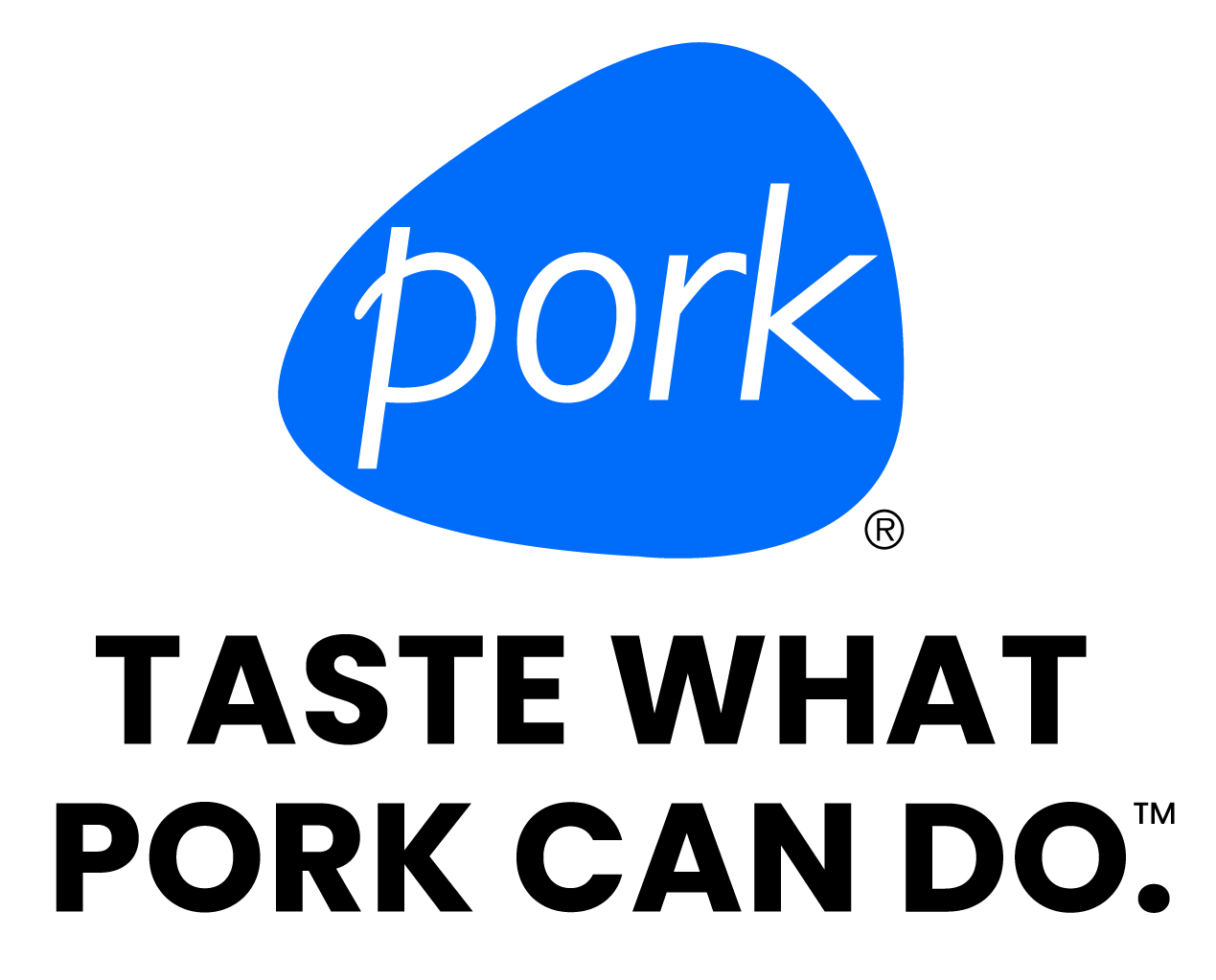By Lyssa Seefeldt, UW-Extension Swine Team
While Wisconsin has been known as America’s Dairyland, there is abundant opportunity for farmers to start raising pigs in the state. According to a 2012 analysis completed by the UW-Extension Swine Team, there are many reasons why pig farmers might want to consider establishing a hog facility in Wisconsin.
The population of swine in Wisconsin has decreased over time since the 1980s. The relatively thin swine population has created a unique environment that has limited the introduction and spread of swine diseases, making for good prospects for high health-status nucleus operations. This environment is paired with adequate supplies of corn and other feedstuffs for swine production, along with good rural roads that allow for consistent feed deliveries year-round, make some unique opportunities for swine production.
Wisconsin’s interstate system allows for swift access to other states for finishing and animal slaughter facilities. The interstate system here paired with strong demand for weaned pigs and feeder pigs in Iowa, Illinois, and Minnesota makes for opportunity for farrow to wean units. Combine these factors with the rational and consistent livestock facility siting regulations that Wisconsin has, there are some good reasons for building new or expanding current facilities in the state.
In Wisconsin there is adequate land available for manure disposal. In addition to this, with the volatility of crop commodity markets and increasing costs of commercial fertilizers, the value of manure has been increasing, making swine units valuable partners for local cash croppers.
There are also structures in place in the state that support hog farming. There are many trade associations that support the efforts of hog farmers. The Wisconsin Pork Association helps provide pig farming information through various channels, while the Wisconsin Association of Meat Processors does a similar service for pork product education. The Swine Research and Teaching Center with UW-Madison provides active research and education on animal care, disease prevention, manure management, and other production issues. There are also swine facilities on the campuses of UW-Platteville and UW-River Falls as part of the animal science program at the respective college.
While there are a lot of advantages to consider Wisconsin as a location for swine facilities, there are a few limitations to consider. With limited in-state swine herds, there is limited in-state hog slaughter capacity. While finishing operations may have to find outlets for their market hogs in other states, the sow slaughter in Wisconsin is strong with Abbyland and Johnsonville slaughter facilities being located in-state. Some of the smaller operations in the state have remained viable with the help of the “Buy Local” movement and working with local custom harvest plants.
Another thing to be aware of is that there may be critical mass issues in the state. Some of the infrastructure might not be in-place that used to be present with larger hog numbers in the state. This can include veterinarians, equipment suppliers, swine consultants, and bankers who understand hog farming. In addition to some infrastructure that may be lacking, with less hog farms present, local community members may not understand hog farming either. This could be an issue with trying to establish new facilities or when expanding existing ones. While community members that don’t understand hog farming could be an issue, the tax climate in Wisconsin creates incentive to keep agricultural land in farming and reduces the potential for residential encroachment, helping to maintain good neighbor relations.
More information from the report, “An Assessment of the Wisconsin Swine Production Sector”, can be found at http://fyi.uwex.edu/swineextension/ under publications.

